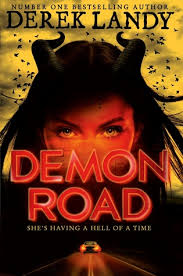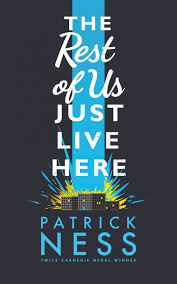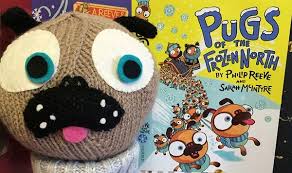Dr Patricia Kennon, chair of the judging panel that read almost 80 titles, said: ‘The nine shortlisted titles take us on a imaginative journey around Ireland and beyond, showcasing the range of excellent books being created by Irish authors and illustrators. These books span a wide range of ages from incredibly engaging picturebooks to hard-hitting, thought-provoking novels for teenagers and young adults, in both languages. The members of the judging panel and I very much enjoyed the opportunity to explore and celebrate the best of contemporary Irish children’s publishing.’
Children’s Books Ireland (CBI), which administers the awards, will again be working closely with reading groups from schools, libraries and bookshops across the island of Ireland. These young readers will choose the winner of the Children’s Choice Award. Reading groups nationwide are invited to sign up for the shadowing scheme to be in with a chance of receiving free copies of all 9 shortlisted titles via www.childrensbooksireland.ie. Five other awards will be made in May also – The Book of the Year Award, Honour Awards for Fiction and Illustration, the Eilís Dillon award for a first children’s book and the Judges’ Special Award.
Jenny Murray, Acting Director at CBI said ‘At Children’s Books Ireland our mission is to make books a part of every child’s life. With this year’s shortlist, CBI is honoured to be able to highlight the very best that Irish authors and illustrators have to offer it is particularly satisfying to note that of the nine shortlisted titles, four are Irish published. This list includes children’s books for all ages covering titles that are challenging, informative, uplifting and funny. They are truly world-class in their quality. We know that young readers nationwide will enjoy this selection’
This year’s shortlist contains three titles from two former CBI Book of the Year Award winners, Oliver Jeffers whose Once Upon an Alphabet took the overall prize in 2015 and John Boyne who won with The Boy in the Striped Pyjamas in 2007. Five of the authors and illustrators shortlisted are new to the CBI Book of the Year Awards shortlist: Lauren O’Neill for Gulliver, Máire Zepf and Tarsila Krüse forNá Gabh ar Scoil and father-daughter team John and Fatti Burke for Irelandopedia. Shortlistees Louise O’Neill and Sarah Crossan are previous winners of the Éilis Dillon award for a first children’s book.
A summary of each shortlisted title follows:
IMAGINARY FRED written by Eoin Colfer, illustrated by Oliver Jeffers – suitable for all ages
Publisher: HarperCollins Children’s Books
ISBN: 9780008126148 (HBK)
There is only one thing that hurts worse than a headache or a bee sting, and that’s loneliness. Imaginary Fred is a friend to many... but only for a short while. When Fred's companions make real friends, he fades away and returns to the sky to await his next pal. However, things change when Fred meets a boy named Sam, who promises they will be friends always. Things couldn’t be more perfect, this is until Sam gets a real friend and Fred begins to fear the worst: that he may soon be replaced.
THE DAY THE CRAYONS CAME HOME writtenby Drew Daywalt, illustrated by Oliver Jeffers – suitable for all ages
Publisher: HarperCollins Children’s Books
ISBN: 9780008124434 (HBK)
The hilarious sequel to the prize-winning, international bestseller The Day the Crayons Quit! Watch out - the crayons are back and they're crosser than ever! One day Duncan receives a set of postcards from his crayons who been lost, forgotten, broken - even melted in a clothes dryer and stuck to a pair of underpants!
A hilarious text and joyful illustrations combine to show that crayons have feelings too in this laugh-out-loud sequel.
THE BOY AT THE TOP OF THE MOUNTAINby John Boyne – suitable for 12+
Publisher: Doubleday
ISBN: 9780857534521 (HBK)
When Pierrot becomes an orphan, he must leave his home in Paris for a new life with his aunt Beatrix, a servant in a wealthy Austrian household. But this is no ordinary time, for it is 1935 and the Second World War is fast approaching; and this is no ordinary house, for this is the Berghof,the home of Adolf Hitler. Pierrot is quickly taken under Hitler's wing and thrown into an increasingly dangerous new world: a world of terror, secrets, and betrayal from which he may never be able to escape.
GULLIVERby Jonathan Swift, retold by Mary Webb, illustrated by Lauren O’Neill – suitable for 8+
Publisher: The O’Brien Press
ISBN: 9781847176769 (HBK)
When Gulliver sets sail for the Tropics, the last thing he expects is to find himself stranded in a land of small people- so small, in fact, they are the size of his thumb! Despite their size, the islanders manage to take Gulliver hostage and in order to survive he must learn their ways. A second adventure sees Gulliver arrive in a land of terrifying Giants. The tables turn now that Gulliver himself is as tiny as a mouse. Once again he must fend for his life. Simply falling into bowl of cream could be the end of him! Gulliver is an abundantly illustrated retelling of a favourite classic.
ASKING FOR ITwrittenby Louise O’Neill – suitable for 16+
Publisher: Quercus Books
ISBN: 9781784295868 (HBK)
It’s the beginning of the summer in a small town in Ireland. Emma O’Donovan is eighteen years old, beautiful, happy, confident. One night, there’s a party. Everyone is there. All eyes are on Emma. The next morning, she wakes on the front porch of her house. She can’t remember what happened, she doesn’t know how she got there. She doesn’t know why she’s in pain.
But everyone else does. Photographs taken at the party show, in explicit detail, what happened to Emma that night. But sometimes people don’t want to believe what is right in front of them, especially when the truth concerns the town’s heroes…
NÁ GABH AR SCOILwrittenby Máire Zepf, illustrated by Tarsila Krüse – suitable for 4+
Publisher: Futa Fata
ISBN: 9781906907983 (HBK)
Tá sceitiminí ar Cóilín. Tá sé ag dul ar scoil inniu ach tá fadhb aige. Ní maith le Mamaí Cóilín dul ar a chéad lá ar scoil. Tá ar Cóilín rud a dhéanamh faoi sin.
Little Cóilín is very excited about his first day in school.He’s up early and ready to go, but there’s just one problem –Mommy can’t bear the thought of being separated from him!
IRELANDOPEDIA writtenby John Burke, illustrated by Fatti Burke – suitable for all ages
Publisher: Gill & Macmillan
ISBN: 9780717169382 (HBK)
Irelandopedia is an exciting and vibrant compendium of facts, figures and fascinating findings about our little Emerald Isle. From the most southerly point in Cork to the most northerly point in Donegal, follow a tour of the best sights and sounds Ireland has to offer.
THE WORDSMITHby Patricia Forde – suitable for 12+
Publisher: Little Island
ISBN: 9781908195999 (PBK)
On the death of her master, Letta is suddenly promoted from apprentice to wordsmith, charged with collecting and archiving words in post-apocalyptic, neo-medieval Ark. When she uncovers a sinister plan to suppress language and rob the people of Ark of the power of speech, she realises that she has to save not only words, but the culture itself. A beautiful and gripping dystopian story of how words make us who we are.
ONE by Sarah Crossan – suitable for 14+
Publisher: Bloomsbury
ISBN: 9781408863114 (HBK)
Grace and Tippi are twins – conjoined twins. And their lives are about to change. No longer able to afford homeschooling, they must venture into the world – a world of stares, sneers and cruelty. Will they find more than that at school? Can they find real friends? And what about love? But what neither Grace or Tippi realises is that a heart-wrenching decision lies ahead. A decision that could tear them apart. One that will change their lives even more than they ever imagined…
From Carnegie Medal shortlisted author Sarah Crossan, this moving and beautifully crafted novel about identity, sisterhood and love ultimately asks one question: what does it mean to want and have a soulmate?

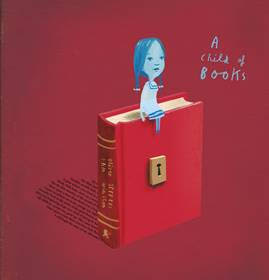



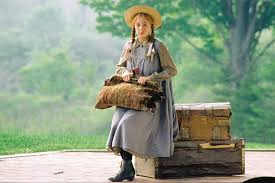





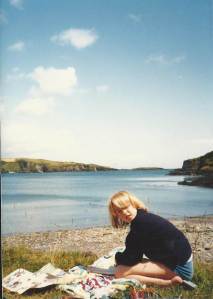



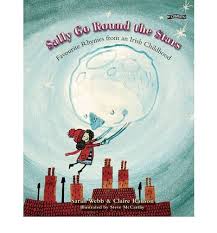

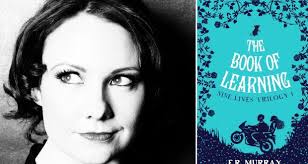





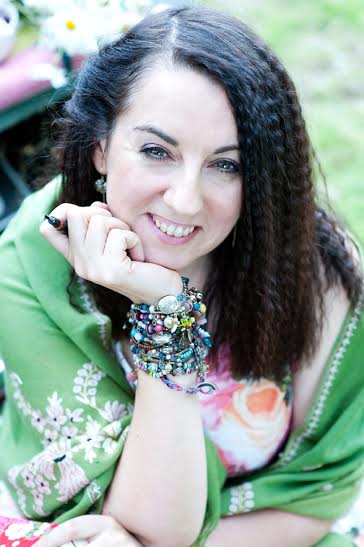




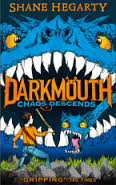








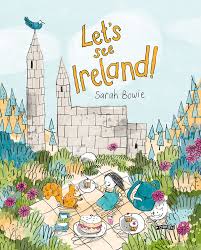







![IMG_7081[1]](https://images.squarespace-cdn.com/content/v1/58973315e4fcb5808a5b7d9e/1486377417818-SULL8UPZT6TRQK98R1L3/img_70811.jpg)
![IMG_7082[1]](https://images.squarespace-cdn.com/content/v1/58973315e4fcb5808a5b7d9e/1486377418771-QCIUFZ9VCAMJ7LX28YG1/img_70821.jpg)
![IMG_7085[1]](https://images.squarespace-cdn.com/content/v1/58973315e4fcb5808a5b7d9e/1486377418972-CHCGKYUF0NZHKY2VOM5X/img_70851.jpg)
![IMG_7083[1]](https://images.squarespace-cdn.com/content/v1/58973315e4fcb5808a5b7d9e/1486377418851-AMY3Y6X8NJW3LVUORGJ9/img_70831.jpg)




















